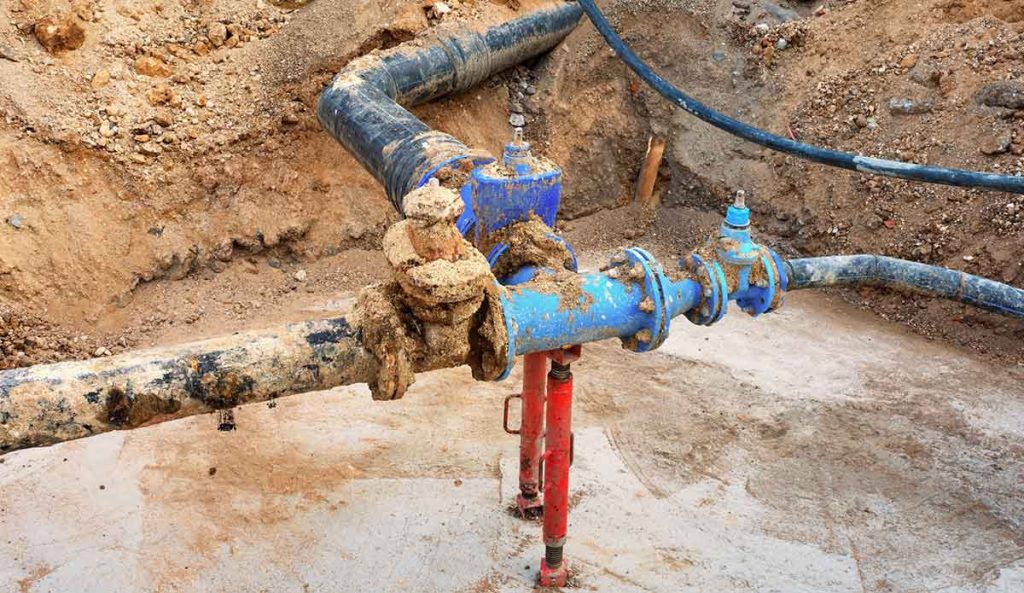Significant Factors of Implementing Suitable Corrosion Control Strategies
- December 23, 2022
- Posted by: Velosi Author
- Categories: Engineering, Insights

Corrosion Control Strategies
Corrosion control strategies are a utilization source to predict and prevent corrosion damage to take place. There can be different corrosion control strategies depending on the type of corrosion that has taken place or has the potential to take place in the future. These distinctive strategies will never depend on one specific factor; instead will involve several influencing factors to successfully implement appropriate corrosion control strategies.
Introduction to Corrosion
The energy industry mainly revolves around assets, which makes it more important for assets to function properly and avoid any deterioration in productivity. Corrosion is a mode of damage mechanism, resulting in the gradual material/metal destruction by chemical or electrochemical reaction with the environment. In oil and gas industries, corrosion can severely destroy pipelines, infrastructures, and other assets. Moreover, the extent of corrosion depends on the type of material, environment, and temperature surrounding it.
Corrosion is a natural phenomenon that can cause serious damage to any metal. It is the gradual destruction of a metal by chemical or electrochemical reaction with its environment.
Corrosion rates are determined by the following factors:
- Type of material/ metal
- Environment reactions
- Surrounding temperatures
Asset Corrosion – A threat?
One of the main reasons for asset failure can be corrosion damage. Corrosion is one of the crucial challenges in leading industries and is always a major concern when it comes to asset productivity. Focusing on the oil and gas sectors, corrosion at industrial sites leads to asset failure, which massively affects the safety of people and the surrounding environment.
We all can correlate to favor of predicting and preventing corrosion to protect organizational assets and to make prevention effective, certain control strategies must be regulated accordingly. Consequently, the main objective to prevent corrosion is to protect and maintain the integrity of assets.
The following key points are essential to safeguard the integrity of the assets:
- Plan and improve the asset design
- Regularly inspect and analyze assets’ operational activities
- Maintain regular inspection corrosion control strategies
- Implement a proper CMS (corrosion management system)
- Utilize the CMS tools to perform effective corrosion control strategies.

The following corrosion control strategies can be incorporated respectively:
- Selecting the right equipment/asset material, which is corrosion-resistant and presents qualitative properties. Stainless steel & certain alloys assist to minimize the risk of corrosion.
- Implement cathodic protection to bring down the extent of the corrosion rate.
- Apply corrosion inhibitors, where necessary. Inhibitors slow down the corrosion rate by forming layers with electrolytes present. This strategy is mainly used for tanks, pipelines, or other closed systems in the oil and gas industries.
- Applying protective coatings or linings with cathodic protection to equipment and pipelines to provide a barrier against corrosive substances.
- Perform regular inspection and maintenance of assets to identify and prevent corrosion beforehand.
- Identify and control the negative environmental impacts, such as surrounding temperature and humidity factors.
Conclusion
To conclude, it is highly crucial to implement extensive corrosion control strategies to predict and prevent corrosion damage. Effective strategies not only reduce or eliminate asset destruction but also reduce the cost of damage control. Moreover, cost-effective solutions enhance business productivity and asset integrity overall. To implement cost-effective solutions, corrosion control strategies shall be implemented accordingly.
Please contact us for more information and assistance.


